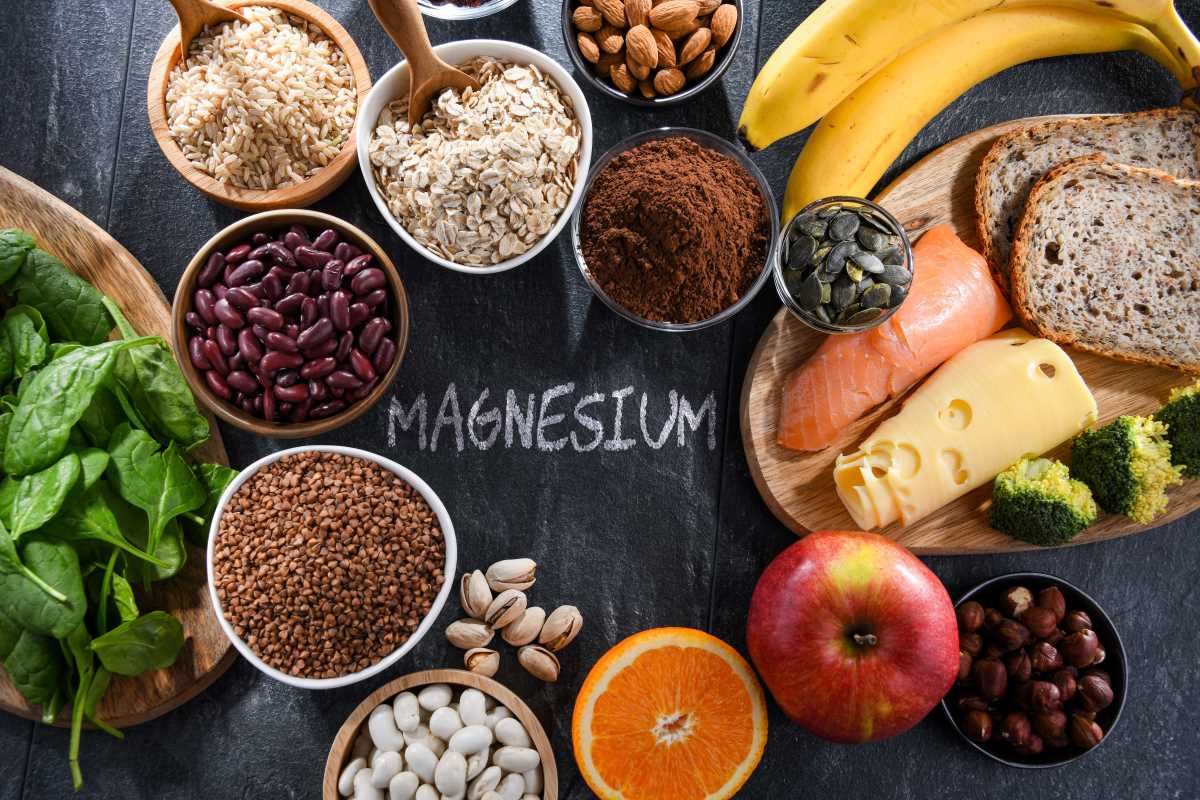When it comes to taking care of your heart, what you put on your plate matters. While highly processed and sugary foods can increase risks of heart issues, whole grains are proven powerhouses for supporting cardiovascular health. They’re not just delicious and satisfying, but they also come packed with nutrients and compounds that help protect your heart in big ways.
It doesn’t matter if you’re sprinkling oats onto your morning bowl, swapping white rice for quinoa, or enjoying whole-grain bread at lunch. Incorporating more whole grains into your daily meals can be one of the easiest and most effective steps you take for a healthier heart. Curious to know how? Keep reading to discover all the heart-friendly benefits whole grains have to offer.
What Are Whole Grains?
Before we dig into their benefits, it helps to understand what makes a grain "whole." Grains are seeds of plants like wheat, rice, or oats. Whole grains include all parts of the grain kernel:
- Bran: The outer layer, rich in fiber, antioxidants, and B vitamins.
- Germ: The nutrient-packed core containing healthy fats, vitamins, and minerals.
- Endosperm: The energy-rich middle layer, mostly made up of carbohydrates and some protein.
Refined grains, on the other hand, strip away the bran and germ, leaving just the endosperm. That’s why foods like white bread, white rice, and regular pasta lack many of the nutrients found in whole grains.
How Do Whole Grains Benefit Your Heart?
Whole grains are much more than a delicious addition to your meals. They’re packed with nutrients and compounds that work together to keep your heart healthy. Here’s how:
1. Lower Cholesterol Levels
High cholesterol is a major risk factor for heart disease, and whole grains can help bring it down. The fiber in whole grains, especially soluble fiber found in oats and barley, helps reduce LDL cholesterol (often referred to as "bad" cholesterol). Fiber does this by binding to cholesterol in the digestive system and carrying it out of the body before it can enter your bloodstream.
For instance, studies have consistently shown that eating oats, thanks to their beta-glucan fiber, can lower LDL cholesterol by 5–10%, especially when consumed regularly.
2. Reduce Risk of Heart Disease
Eating whole grains is directly linked to a reduced risk of heart disease. According to research, people who eat more whole grains tend to have a lower risk of cardiovascular conditions like heart attacks, strokes, and hypertension. Whole grains contain compounds like lignans and plant sterols, which have anti-inflammatory and cholesterol-lowering effects, contributing to better heart health over time.
One study published in The Journal of Nutrition found that eating three servings of whole grains per day can reduce your risk of heart disease by up to 25%.
3. Help Maintain Healthy Blood Pressure
Hypertension, or high blood pressure, puts added strain on your heart and blood vessels. Thankfully, whole grains can help keep blood pressure levels in check. Whole-grain foods are naturally low in sodium and high in potassium, magnesium, and other essential minerals that help regulate blood pressure.
Brown rice, quinoa, and whole-grain cereals are excellent examples of heart-healthy foods that promote balanced blood pressure.
4. Improve Blood Sugar Control
Uncontrolled blood sugar levels can damage your blood vessels over time, increasing your risk of heart disease. Whole grains, which are rich in complex carbohydrates and fiber, help prevent blood sugar spikes by slowing down the digestion and absorption of food.
This steady effect on blood sugar is especially beneficial for individuals with Type 2 diabetes or prediabetes, both of which are linked to higher risks of cardiovascular issues.
5. Support a Healthy Weight
Carrying extra weight is one of the key contributors to heart disease, but whole grains can help with weight management. Their high fiber content keeps you feeling full longer, reducing the likelihood of overeating. Additionally, the slower digestion of whole grains provides a steady energy release, curbing cravings throughout the day.
For example, swapping white bread for whole-grain bread or using quinoa in place of white rice can make a big difference in your overall calorie intake without leaving you feeling hungry.
6. Provide Essential Nutrients
Whole grains are nutritional powerhouses, offering vitamins, minerals, and antioxidants that benefit your heart and overall health. Here are some of the key nutrients found in whole grains:
- Magnesium: Helps relax blood vessels and regulates blood pressure.
- B vitamins: Support energy metabolism and reduce the risk of inflammation.
- Iron: Essential for transporting oxygen in the blood.
- Selenium: Keeps your immune system strong and helps combat oxidative stress.
Unlike refined grains, which lose many of these nutrients during processing, whole grains deliver them in their natural form.
The Best Whole Grains for Heart Health
Not all whole grains are equally nutritious, but there’s a wide variety to choose from. Incorporating these options into your meals can help maximize their heart-health benefits:
- Oats: Rich in beta-glucan fiber, which lowers cholesterol.
- Quinoa: Gluten-free and high in protein, making it a complete source of amino acids.
- Brown Rice: A simple swap for white rice with more fiber and nutrients.
- Barley: Packed with fiber that supports cholesterol and blood sugar control.
- Whole-Grain Bread: Look for bread labeled "100% whole grain" or "whole wheat."
- Farro: An ancient grain packed with protein, iron, and magnesium.
- Millet: Helps regulate blood sugar and provides a nutty flavor.
Feel free to mix things up and try new grains to keep your meals exciting!
Easy Ways to Add Whole Grains to Your Diet
If you’re new to eating more whole grains, don’t worry! Here are some simple tips to make them a regular part of your meals:
- Choose Whole-Grain Breakfast Options: Start your day with oatmeal, whole-grain cereal, or whole-grain toast.
- Swap Refined Grains for Whole Grains: Replace white rice with brown rice, pasta with whole-grain pasta, or flour tortillas with whole-grain tortillas.
- Experiment with New Grains: Try cooking with quinoa, farro, or bulgur to add variety to your meals.
- Bake with Whole-Grain Flours: Use whole wheat, oat, or almond flour in homemade baked goods.
- Make Snacking Healthier: Enjoy popcorn (without butter) as a whole-grain snack, or try whole-grain crackers with hummus.
How Much Whole Grain Should You Eat?
The Dietary Guidelines for Americans recommend that at least half of your daily grain intake comes from whole grains. For most adults, this means consuming about 3–5 servings of whole grains per day. A serving could be:
- 1 slice of whole-grain bread
- 1/2 cup of cooked brown rice, quinoa, or oatmeal
- 1 cup of whole-grain cereal
Balancing your grain intake with proteins, healthy fats, vegetables, and fruits is key to maintaining a heart-healthy diet.
 (Image via
(Image via





